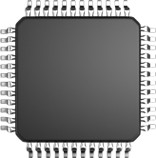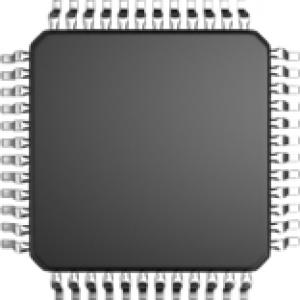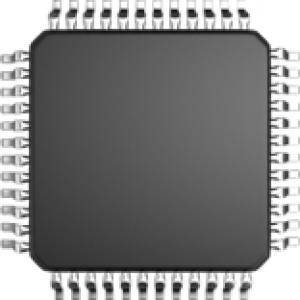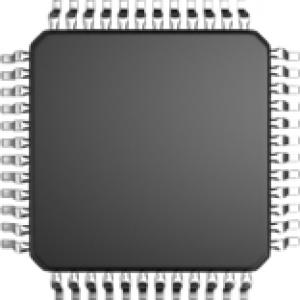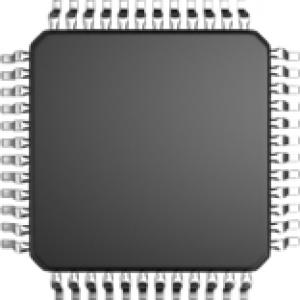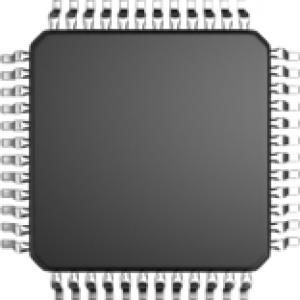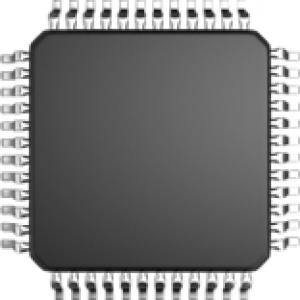16-bit
Product features
- 1.D0~D7: Input data cable.
- 2.ILE: Allow input of latch signal, ILE=1, allow latch.
- 3.LE1, LE2: The latch signal of the input register. When LE1=1, the output of the 8-bit input register varies with the input; When LE1=0, the data lock is stored in an 8-bit input register. Whether D/A conversion can be performed also depends on LE2. When LE2=1, the data is sent to the output of the 8-bit DAC register. When LE2=0, the data is locked in the 8-bit DAC register and D/A conversion begins.
- 4.CS: Chip selection signal, effective at low levels.
- 5.WR1: Input register write gate signal, effective at low level. When ILE=1 and CS is low, WR1 jumps from low level to high level, and the data is locked to the 8-bit input register.
- 6.XFER data transmission control signal, effective at low levels.
- 7.WR2: The DAC register writes a gating signal, which is effective at low levels. When XFER is low and WR2 jumps from low to high, the data is locked to the 8-bit DAC register, initiating D/A conversion.
- 8.Iout1: DAC output current 1.
- 9.Iout2: DAC output current 2.
- 10.Rfb: Feedback signal input line, providing a feedback voltage to the external amplifier. Rm can be provided internally or through an external resistor.
- 11.Vrtf: Reference voltage input line, ranging from -10V to+10V.
- 12.Vcc: Power cord, usually between+5V and+15V.
- 13.AGND simulation ground.
- 14.DGND digital ground. AGND and DGND are two different types of ground and should be connected separately. In general, only one point of these two types of land is connected together at the end to improve their anti-interference ability.
Write your message here and send it to us

